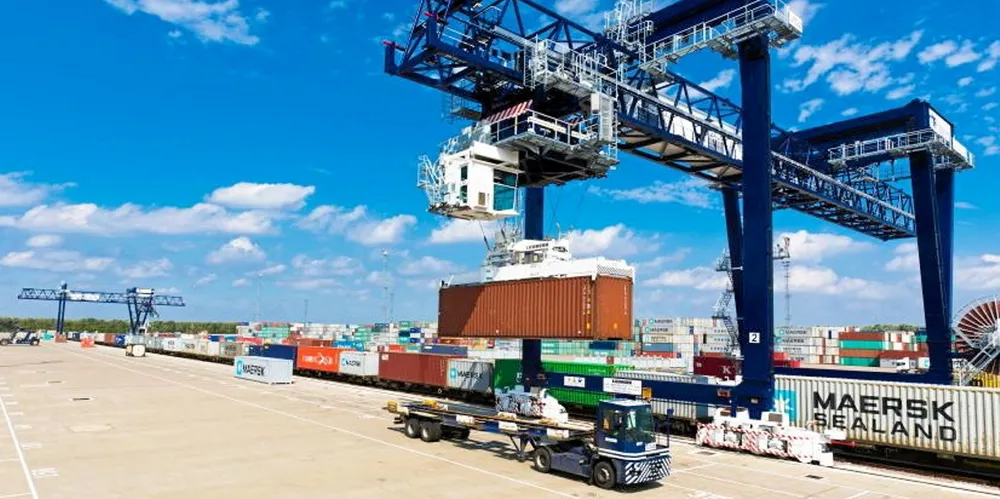Iberdrola eyes 'multi-hundred-MW' green hydrogen production and export at UK port
First 100MW phase will target H2 for trucks and trains, but utility and Felixstowe docks have grand plans for export of hydrogen-derived fuels

First 100MW phase will target H2 for trucks and trains, but utility and Felixstowe docks have grand plans for export of hydrogen-derived fuels
